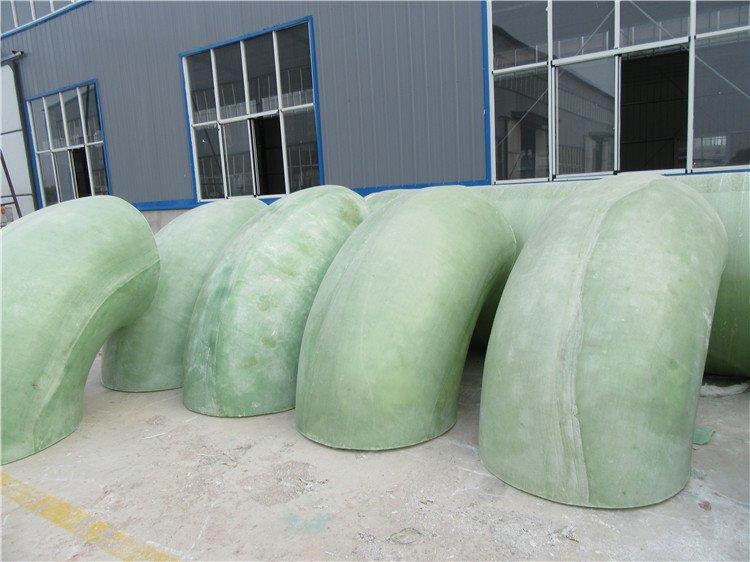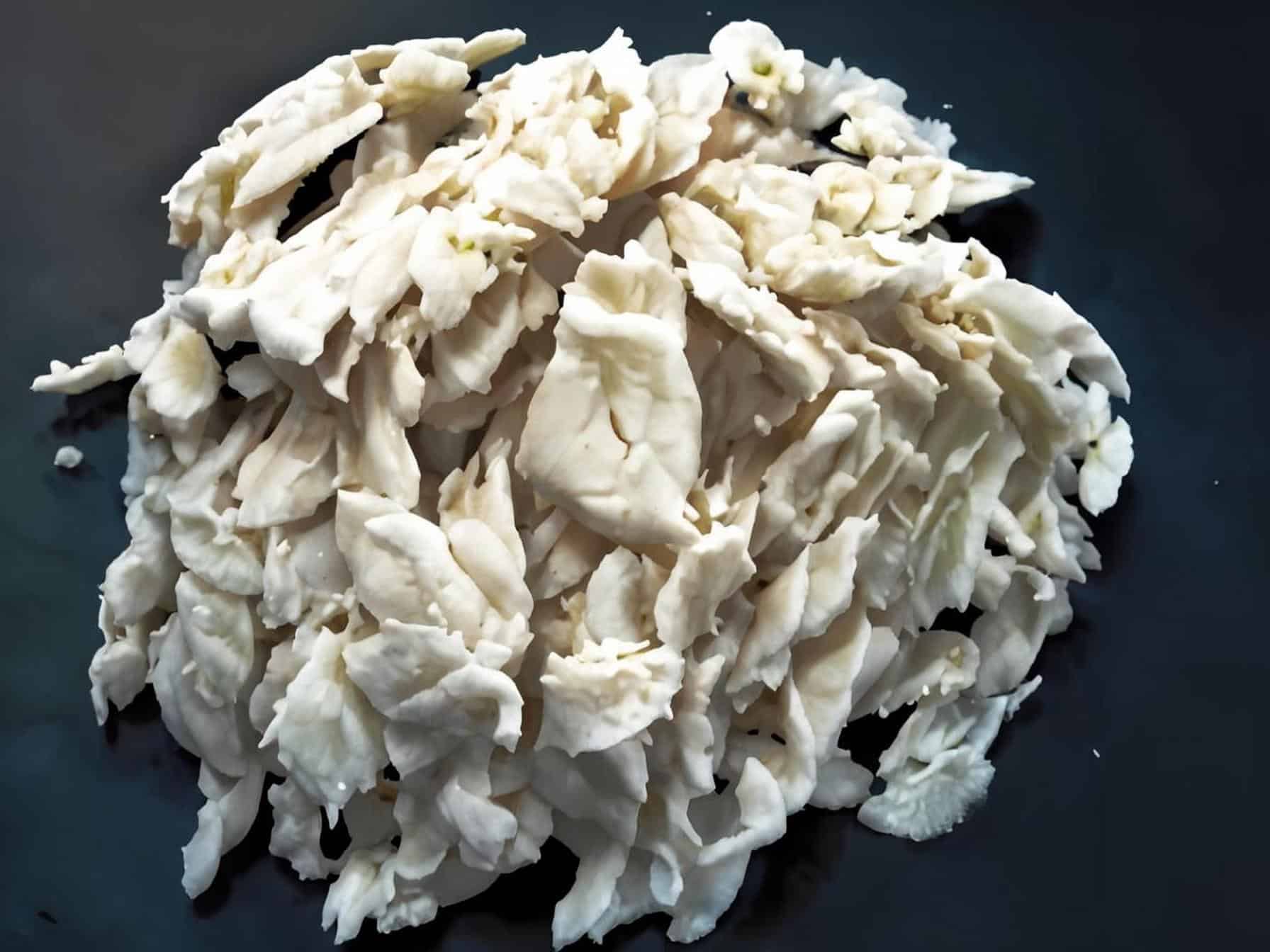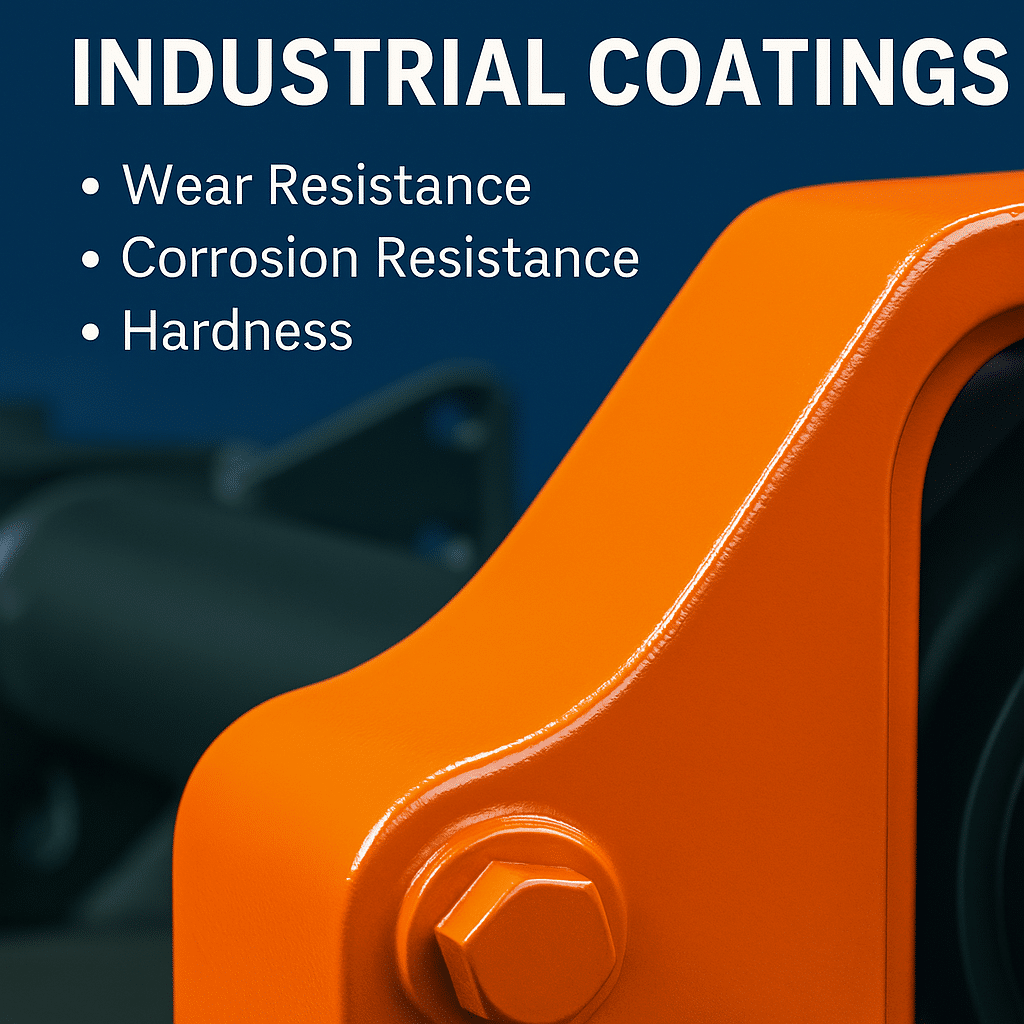The FRP mold making process is a method of manually pasting the mold layer by layer based on the prototype by mixing liquid epoxy resin with organic or inorganic materials as the base material. The specific process of hand lay-up FRP mold is as follows:

Design of parting surface
Whether the design of parting surface is reasonable or not has a great influence on the difficulty of process operation, the paste making of mold and the quality of product. According to the characteristics of the prototype, the position and shape of the parting surface should be as simple as possible, while ensuring that the prototype can be demolded smoothly and the installation accuracy of the upper and lower parts of the mold is guaranteed. Therefore, the position of the parting surface and the gate should be selected correctly and reasonably. The draft angle is strictly prohibited to avoid demolding. The prototype is fixed with a smooth wooden board along the parting surface to facilitate the separate pasting of the upper and lower molds. When applying the release agent on the prototype and the parting surface, it must be applied evenly and carefully. It must be applied 2 to 3 times. The next coat can be applied only after the previous coat of release agent is dry.
Apply gel coat
After the release agent is completely dry, apply the mold-specific gel coat twice with a brush. Apply evenly and apply the second layer after the first layer has solidified. The gel coat is black and the total thickness of the gel coat should be controlled at about 0.16mm. It should be noted that the gel coat should not be applied too thick to prevent surface cracks and wrinkles.
Resin glue preparation
According to the viscosity of the resin at room temperature, it can be appropriately preheated. Then, 100 parts epoxy resin and 8-10 parts (mass ratio) of acetone (or propylene oxide butyl ether) are mixed in a clean container, stirred evenly, and then 20-25 parts of curing agent are added (the amount of curing agent added should be appropriately increased or decreased according to the on-site temperature), stirred rapidly, and vacuum degassed for 1-3 minutes to remove bubbles in the resin glue, and then it can be used.
Glass fiber paste layer by layer
When the gel coat is initially solidified and feels soft and non-sticky, apply the prepared epoxy resin glue to the solidified gel coat, then lay a layer of chopped strands of felt, and compact the cloth layer with a brush to make the glue content uniform and remove bubbles. In some cases, it is necessary to use a pointed object to pick open the bubbles. The second layer of chopped strand mat must be laid after the first layer of resin glue solidifies. After that, the paste can be made layer by layer in the form of one cloth and one mat. After 2 to 3 layers are pasted each time, the next layer can be pasted after the peak of resin curing heat release (that is, when the resin glue is more viscous, it is generally about 60 minutes at 20℃) until the required thickness is reached. When pasting, the glass fiber cloth must be laid flat, and the seams between the glass cloths should be staggered, and try not to overlap at the edges and corners. The amount of resin glue used in each layer should be strictly controlled, so that the fiber can be fully infiltrated but not too much. If the glue content is high, bubbles are not easy to remove, and the curing heat release is large, and the shrinkage rate is large. If the glue content is low, it is easy to delaminate. After the first mold is cured, remove the excess flash, clean the debris on the mold and the other half of the prototype surface, and then apply the release agent, make the gel coat layer, place the injection hole and the exhaust hole, and then paste the second mold. After the second piece of mold has solidified, remove any excess flash. To ensure that the mold has sufficient strength and avoid mold deformation. Some supports, fasteners, positioning pins, etc. can be appropriately bonded to complete the mold structure.
Demolding and finishing
The mold made at room temperature (about 20 ℃) is generally basically solidified and fixed in 48 hours, and can be demolded. When demolding, it is strictly forbidden to hit the mold with hard objects. Use compressed air to blow intermittently as much as possible to gradually separate the mold and the mother mold. After demolding, depending on the use requirements of the mold, some mechanical processing such as drilling can be done on the mold, especially in the dead corners where the material is not easy to fill during pouring or injection molding. In the case of no reserved air holes, some air holes must be drilled. Then perform post-processing of the mold, generally using 400 # ~ 1200 # water sandpaper to polish the surface of the mold in sequence, and use a polishing machine to polish the surface of the mold. The mold can be delivered for use after all processes are completed. A few points to note: the master mold should be smooth, the release agent should be even, there should be no air bubbles when making the first layer, and it needs to be carefully polished.
More information or free samples or price quotations, please contact us via email: sales@yqxpolymer.com , or voice to us at: +86-28-8411-1861.
Some pictures and texts are reproduced from the Internet, and the copyright belongs to the original author. If there is any infringement, please contact us to delete.




